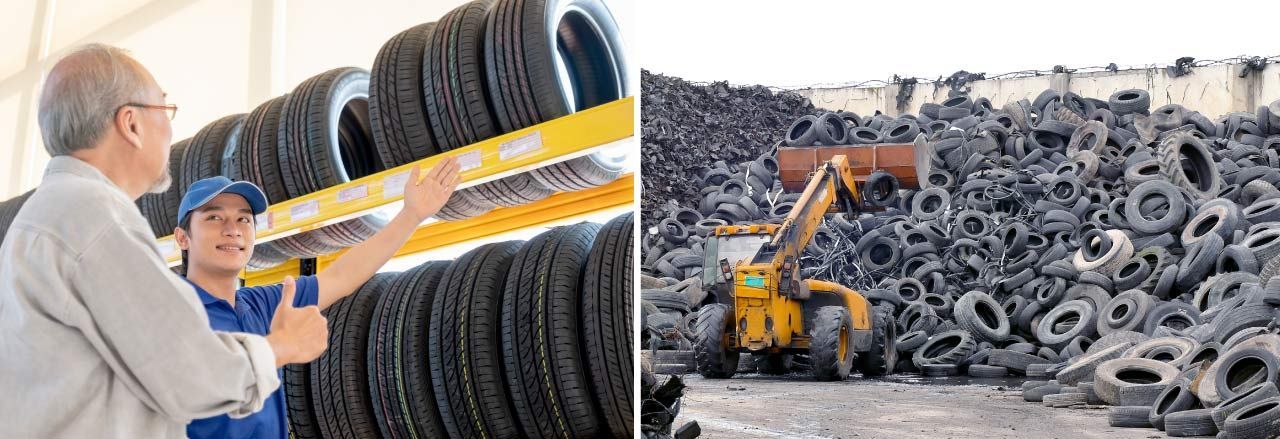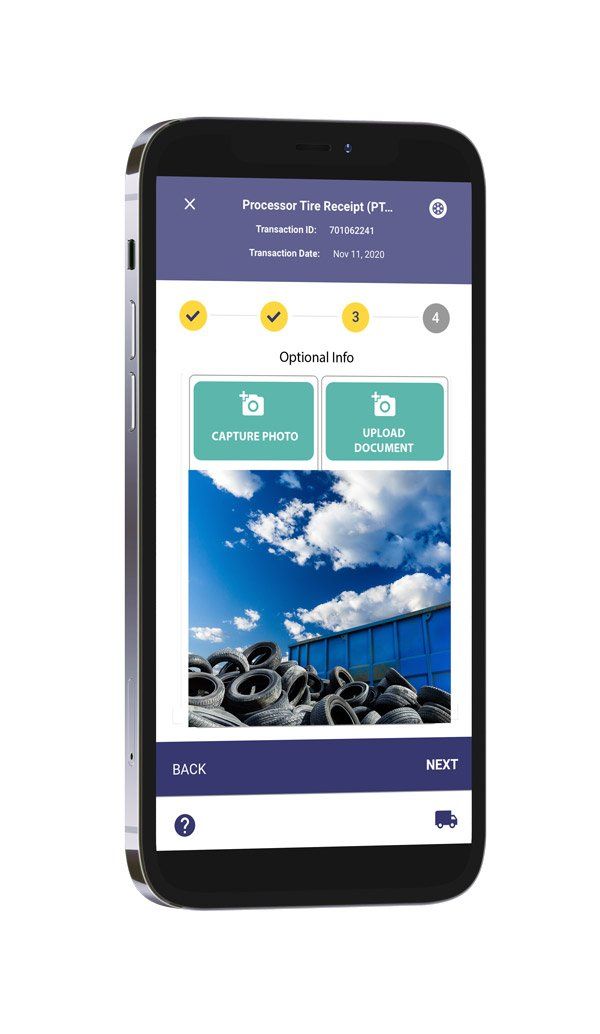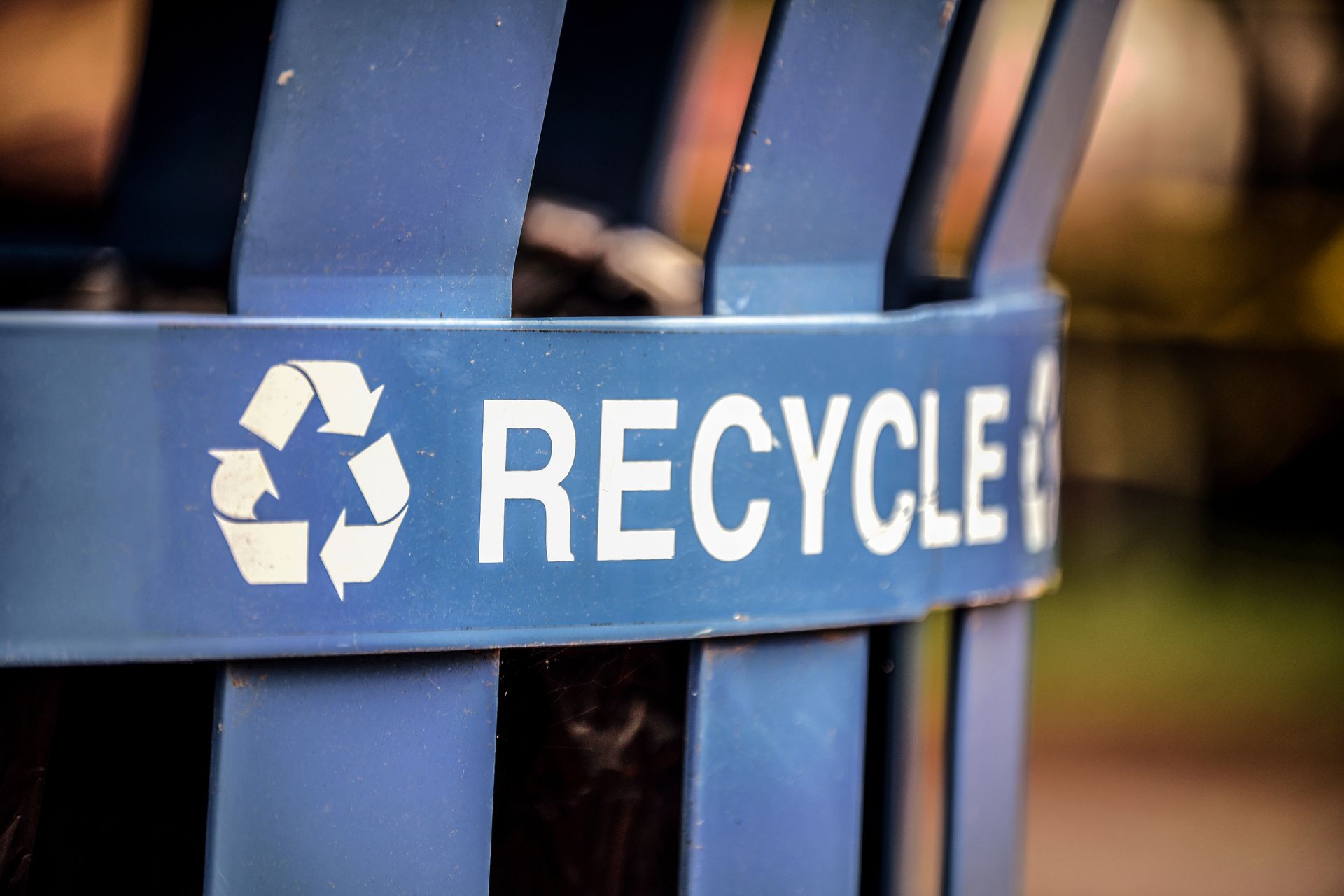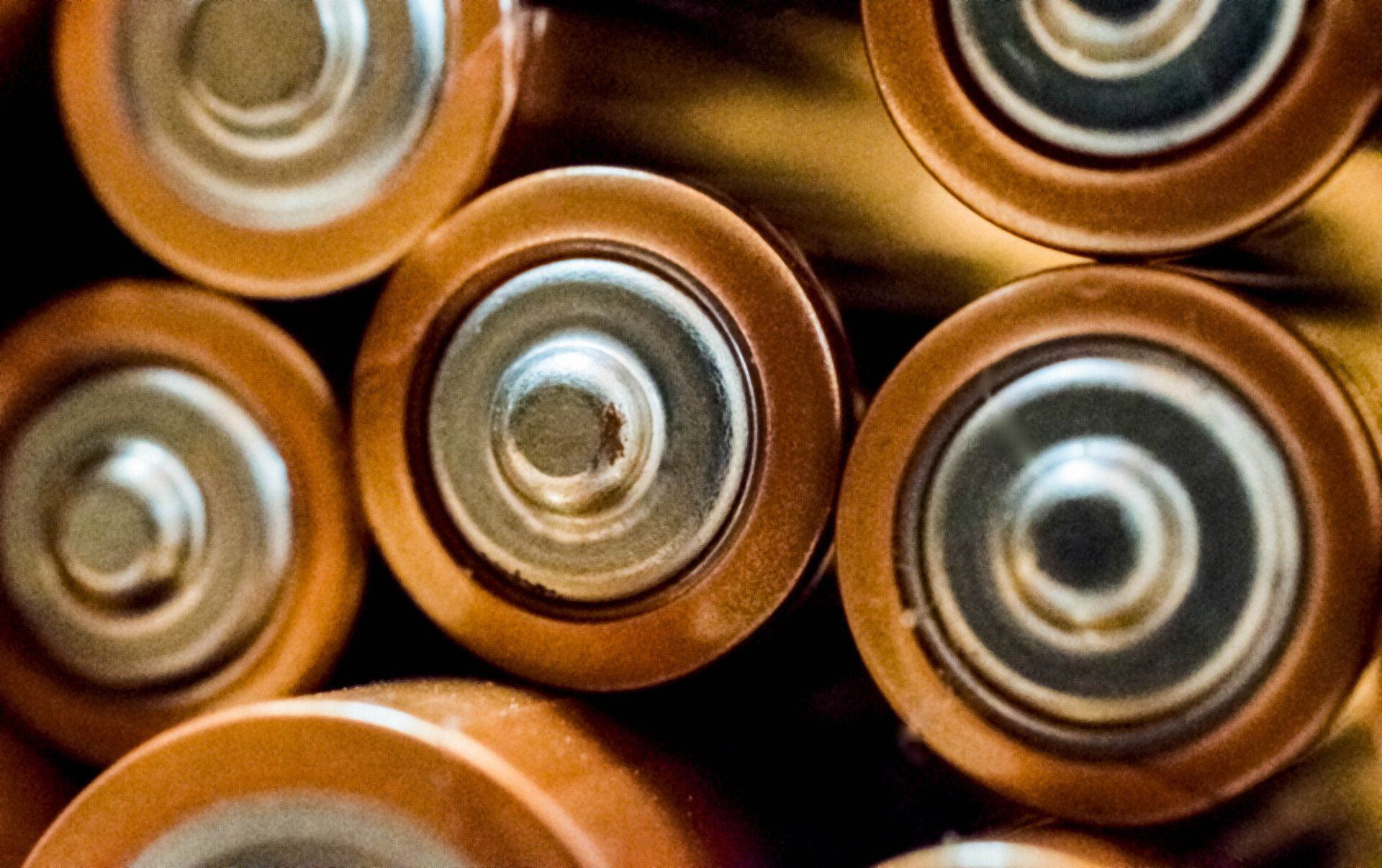What is Extended Producer Responsibility (EPR), and How Does It Work?
If you have ever bought a product and wondered what happens to it after you use it, you might be interested in learning about Extended Producer Responsibility (EPR). An innovative policy approach, EPR makes producers (such as brand owners, first importers or manufacturers) responsible for the environmental impacts of their products throughout their life cycle. That includes what happens to these products when they become waste.

EPR aims to encourage producers to design more durable, reusable, recyclable, and less toxic products and to provide convenient and effective collection and recycling services for consumers. EPR also shifts waste management costs from taxpayers and municipalities to producers to create a more fair and efficient system.
Why is EPR happening?
EPR is happening because we are facing a global waste crisis. The amount of waste we generate is increasing every year, and much of it ends up in landfills, incinerators or the environment, where it causes pollution, greenhouse gas emissions and harm to wildlife. At the same time, we are depleting our natural resources and losing valuable materials that could be reused or recycled.
The World Bank estimates that global waste volume will increase 70% by 2050, reaching 3.4 billion tonnes generated annually. The report also noted that over one-third of the world’s waste comes from just 16% of the world’s population in high-income nations. The report from 2018 highlights the link between economic development and waste generation. Key findings from the report included:
- Almost half of the world population (3.5 billion people) do not have access to modern waste management services.
- It is estimated that 1.3 billion tonnes of municipal solid waste were generated in 2012 alone, and this number is expected to rise to 2.2 billion tonnes a year by 2025.
- Economic development, industrialization, urbanization, and increasing populations are key contributors to the rise in waste generated.
While not a complete solution to the above challenges, EPR significantly impacts sustainability initiatives, driving recycling rates higher and promoting a circular economy to keep materials and products in use for as long as possible, and waste is minimized.
What are some examples of successful EPR programs?
A recent report from The Recycling Partnership looked at several EPR programs worldwide and found that the policy drove the recycling of target materials to over 75% in each region. EPR programs exist for various products and packaging in many countries. In Canada, for example, there are EPR programs for electronics, batteries, tires, paint, oil, beverage containers and more.
These programs are usually run by environmental stewardship and producer responsibility organizations (PROs). These organizations or industry associations act on behalf of producers to collect and recycle products at end-of-life. Consumers can drop off unwanted products at designated collection points or return them to retailers for free or with a refund. These organizations then ensure that the products are properly recycled or disposed of in an environmentally sound manner.

Some of the benefits of these programs include:
- Reducing total waste sent to landfills or incinerators
- Saving energy and resources by recovering valuable materials
- Creating green jobs and supporting innovation in the recycling sector
- Raising awareness and educating consumers about responsible consumption and disposal
- Providing incentives for producers to improve their product design and environmental performance
Driving Sustainability Initiatives with EPR
EPR is a powerful tool to improve environmental stewardship and sustainability. By making producers accountable for their products throughout their life cycle, EPR encourages them to consider the environmental impacts of their decisions and actions. By shifting environmental consumption costs, EPR encourages producers to design more sustainable products while motivating consumers to choose more eco-friendly products and dispose of them properly. EPR reduces waste, preserves resources, protects the environment, and promotes circularity.

About Diversys
Diversys is proud to have its roots in Ontario, Canada - a province widely recognized for its leadership in EPR and sustainability. Since 2019, we've been dedicated to creating innovative software solutions that drive progress toward a world without waste.
Our story is a testament to the power of hard work, customer loyalty, and big ideas. We are committed to empowering organizations with the waste recycling software solutions necessary for achieving a sustainable future. Our cutting-edge software platform is helping organizations achieve their ESG goals, meet reporting obligations, and improve operational efficiency for their recycling programs.
Our commitment to delivering world-class solutions that drive meaningful progress towards waste reduction and a more sustainable future is unwavering. Our team of industry experts is ready to help you navigate the rapidly-evolving waste management landscape as we progress toward a circular economy.





